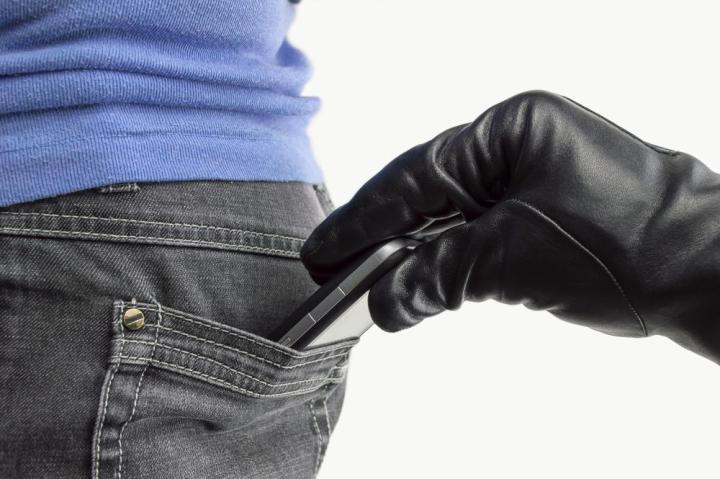
Legislation which would force smartphone manufacturers to install a so-called kill switch on to each device sold in California has failed to pass. The bill was put through late last week, but didn’t quite reach the required 21 votes to become law, managing only 19-17 in favor. We’ve been hearing about a kill switch for a while. It’s an attempt to cut down on phone thefts, and research published recently says that if the market for stolen devices dried up, it would save U.S. consumers billions of dollars in replacement hardware and insurance.
Despite the overly dramatic name, a kill switch won’t instantly vaporize your phone. Instead, it’s an software-based anti-theft system built into a phone, which would operate without the owner needing to activate it themselves. In the event of a theft, the network would be able to disable the device in a way which would render it useless.
So why didn’t it pass? Those who voted no have called the language used in the bill “overly vague” and added that similar technology is already installed on many phones, where it’s down to the owner to activate it. Long-time supporter of the kill switch, District Attorney George Gascon, says this isn’t enough, and to be truly effective, “It needs to be deployed in a way which doesn’t rely on consumers to seek out the solutions and turn them on.”
Supporters of the bill say those who voted no are putting the profits and business expenses of huge tech corporations above the needs to the public, while networks are being blamed for wanting to protect the $8 billion per year they make selling phone insurance.
Senator Mark Leno, who sponsored the bill, told CNet thefts will continue all the while it’s so easy to sell stolen phones. He’s not giving up yet though, and hasn’t been put off by the bill’s failure to pass. “The game is not yet over,” he said. A BBC report recently showed how easy it is to resell an obviously stolen – and working – phone in the UK. In California, a phone or tablet device is included in 50 percent of thefts.




